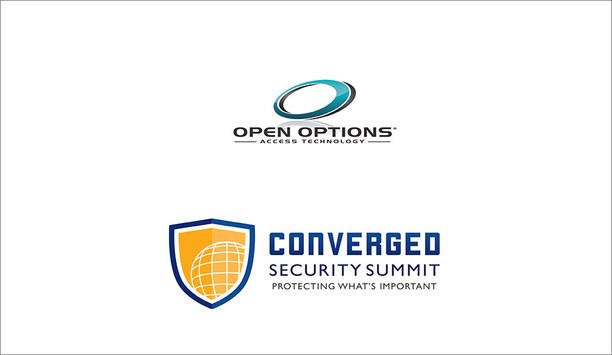Charles Johnson

Charles Johnson
Southeast Regional Sales Manager, Open OptionsNews mentions
A substantial focus of the security industry is on the selection and installation of security systems, and there is no doubt that this is a critical element of the process. However, in order to ensur...
CSS provides the perfect opportunity to network, share ideas, and learn from industry subject matter experts Charles Johnson, Open Options’ Southeast Sales Manager, will be sh...
At ASCUE, Johnson will discuss Open Options’ flagship producy, DNA Fusion access control software Open Options’ Southeast Regional Sales Manager Charles Johnson has been...






































